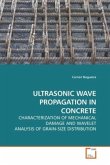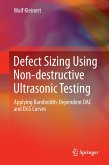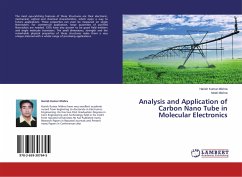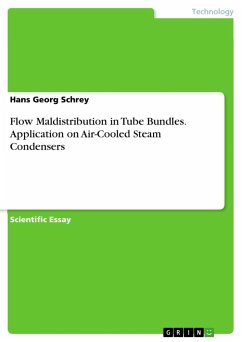Tube hydroforming is mainly used for automotive
applications, aircraft industries and household
appliances. Its main advantages are: part
consolidation, weight reduction, fewer secondary
operations, and tighter tolerances. However, tube
hydroforming is a complex process involving the
interaction of many variables such as loading paths,
material formability, and tribological conditions.
Improvement of formability, which is defined as the
amount of stretch or deformation without any failure
during the process, is extremely important since it
controls the applicability of the process.
This monograph presents ultrasonic technology as a
method of improving formability and tribological
conditions. Some issues addressed in this monograph
are: understanding the mechanics of deformation in
tube hydroforming and identifying the variables that
influence formability, developing an analytical model
for the deformation mechanism for both classical and
ultrasonic tube hydroforming, and establishing
evaluation criteria for quantifying the improvement
in formability when ultrasonic vibrations are
superimposed.
applications, aircraft industries and household
appliances. Its main advantages are: part
consolidation, weight reduction, fewer secondary
operations, and tighter tolerances. However, tube
hydroforming is a complex process involving the
interaction of many variables such as loading paths,
material formability, and tribological conditions.
Improvement of formability, which is defined as the
amount of stretch or deformation without any failure
during the process, is extremely important since it
controls the applicability of the process.
This monograph presents ultrasonic technology as a
method of improving formability and tribological
conditions. Some issues addressed in this monograph
are: understanding the mechanics of deformation in
tube hydroforming and identifying the variables that
influence formability, developing an analytical model
for the deformation mechanism for both classical and
ultrasonic tube hydroforming, and establishing
evaluation criteria for quantifying the improvement
in formability when ultrasonic vibrations are
superimposed.








